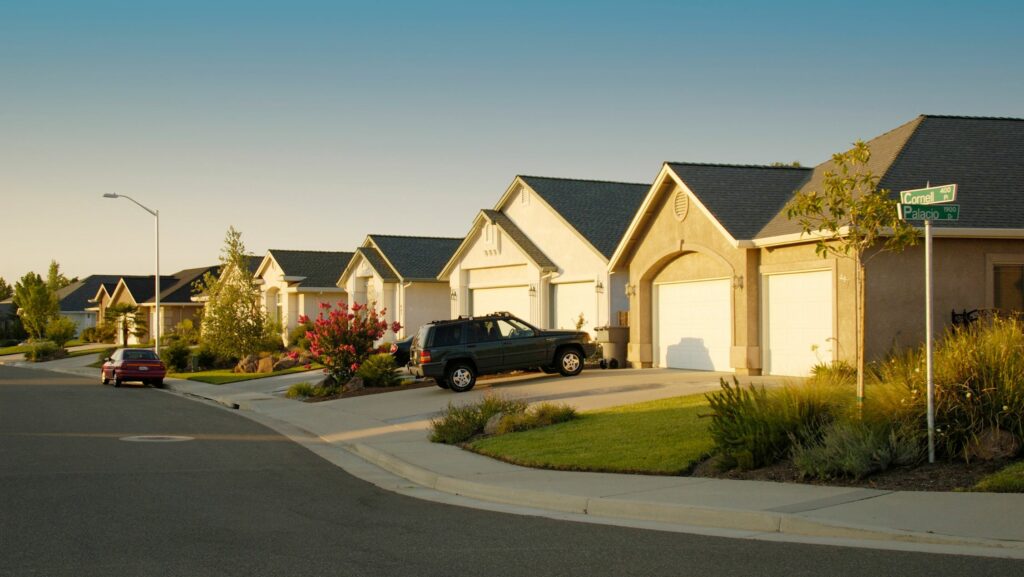Step into the world of industrial home design, where raw materials meet refined aesthetics. It’s a realm where exposed brick, weathered wood, and steel structures are not just accepted but celebrated. This design trend, born from the architectural details of the 20th-century factories and warehouses, has been making a bold statement in contemporary homes.
With its emphasis on simplicity and functionality, industrial design is more than just a passing fad. It’s a testament to the beauty of unfinished interiors and an ode to the charm of bare-bones architecture. Stay tuned as we delve deeper into its unique characteristics, explore its key elements, and provide practical tips to incorporate this edgy style into your own living space.
Industrial Home Design
 Emerging as a prominent design approach, industrial home aesthetics originated from old factories and industrial spaces. These, during the late 20th century, became unused, rendering them repurposed into residential lofts and studios. Artists, drawn to these spacious, light-filled spaces, adorned them with functional furnishings – a trend that quickly garnered mass appeal. Industrial design greatly borrows elements from these conversion times, embodying a reclamation of history coupled with a stripped-back architectural focus.
Emerging as a prominent design approach, industrial home aesthetics originated from old factories and industrial spaces. These, during the late 20th century, became unused, rendering them repurposed into residential lofts and studios. Artists, drawn to these spacious, light-filled spaces, adorned them with functional furnishings – a trend that quickly garnered mass appeal. Industrial design greatly borrows elements from these conversion times, embodying a reclamation of history coupled with a stripped-back architectural focus.
Influences range broadly from old factories to warehouses, and even railway stations, with their tall ceilings, exposed beams, and raw, unfinished features. Many appreciate the style for its nostalgic nod to the past, perfect for those desiring a home with an aged, story-filled character. As it’s a blend of the past and present, the style embodies both an edge and a chic simplicity, making it a timeless choice.
Key Elements of Industrial Style
 Let’s turn our focus to the key elements that shape this unique aesthetic. Broadly, the style encapsulates rawness, ruggedness, and a deliberate showcase of building materials that others try to conceal.
Let’s turn our focus to the key elements that shape this unique aesthetic. Broadly, the style encapsulates rawness, ruggedness, and a deliberate showcase of building materials that others try to conceal.
Prominence of Metal and Wood: Often, steel structures, copper pipes, and iron fixtures are key features, undeniably contributing to the sharp, edgy aesthetic. They coexist harmoniously with old, reclaimed wood, making a powerful fusion of hard and soft, cold and warm elements.
Practical Tips for Implementing Industrial Home Design
 Given the background of industrial design and its key elements, a hands-on guide offers insight on putting this unique look together. This section focuses on two main areas – materials selection and design aspects like lighting and color schemes.
Given the background of industrial design and its key elements, a hands-on guide offers insight on putting this unique look together. This section focuses on two main areas – materials selection and design aspects like lighting and color schemes.
Materials play an integral role in nailing the industrial look. Aim for items whose form carries history and stories, providing them an aged, rugged character that is synonymous with industrial style. Earmark the use of raw materials like wood and exposed brick that add to the aesthetic appeal. Achieve a raw, minimal look, for example, using exposed brick walls. It’s one way to incorporate an authentic industrial feel into a home. A balance of metal and wood, on the other hand, lends an interesting contrast that personifies this design philosophy. Using repurposed materials like old wood tables, metal lamps, and iron shelves adds to the sustainability factor, keeping in line with industrial design’s historical roots.
Furniture and Decor for Industrial Spaces
Selecting Furniture That Complements Industrial Aesthetics
Stainless steel, reclaimed wood, and cast iron: These materials form the pulse of authentic industrial furniture. Key pieces to consider include leather chesterfield sofas, which add a touch of elegance, and factory cart tables, boasting of industrial chic. Mid-century style seating, subject to light in color, often blends well too.
Let’s not overlook storage. A vintage metal locker or an old filing cabinet exemplifies an industrial aesthetic. It integrates historical roots with present appeal.
Decorative Accents That Enhance Industrial Interiors
When dressing an industrial interior, less often equates to more. Exposed brick walls serve not only as a backdrop but also as a feature in themselves. Enhance them using metal pendant lighting, adding an aura of authenticity. Other lighting options include factory lamps, known for their raw look, or tripod lamps, revered for their unique design.
Other accessories complete the picture. Think groupings of industrial clocks on a wall, skeletal mirrors revealing hardware details, or utilitarian industrial baskets for storage. Also, shy not away from abstract art in monochrome tones, this juxtaposes rawness with refinement.

